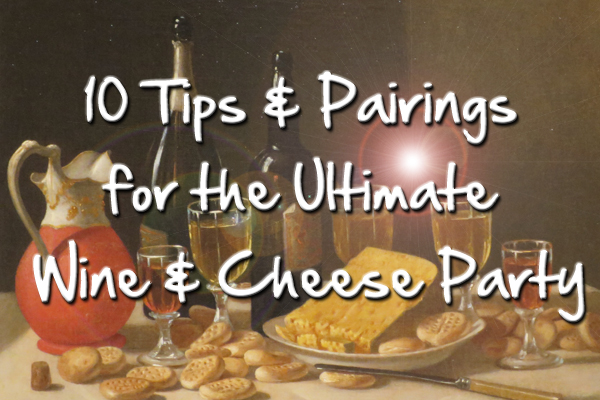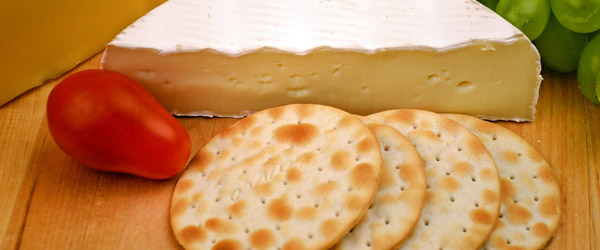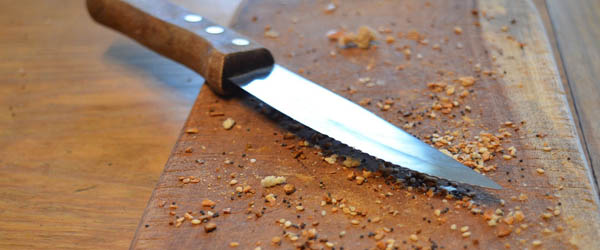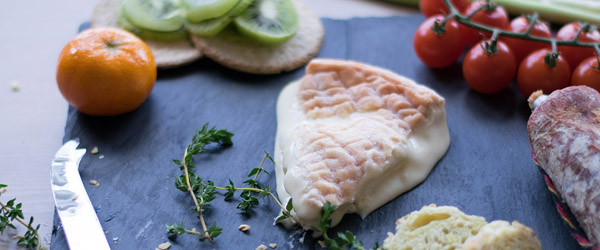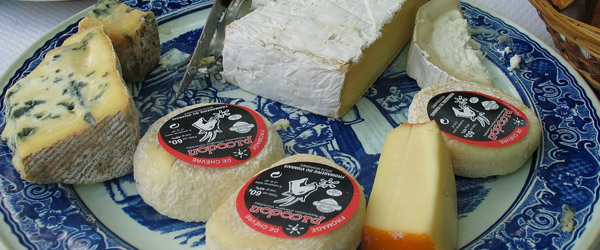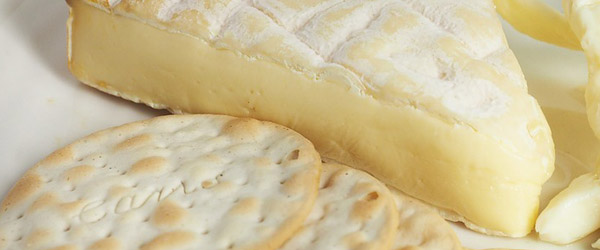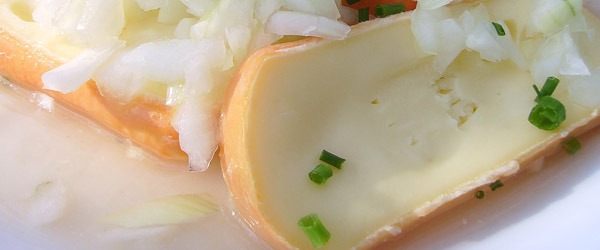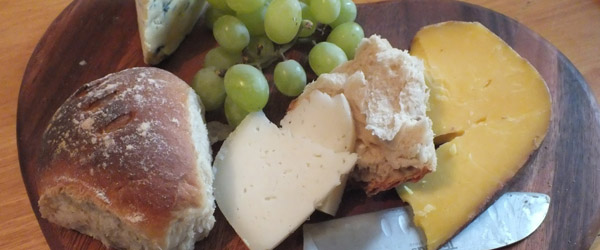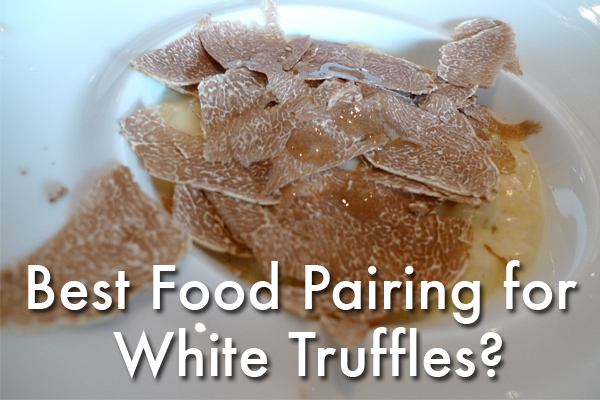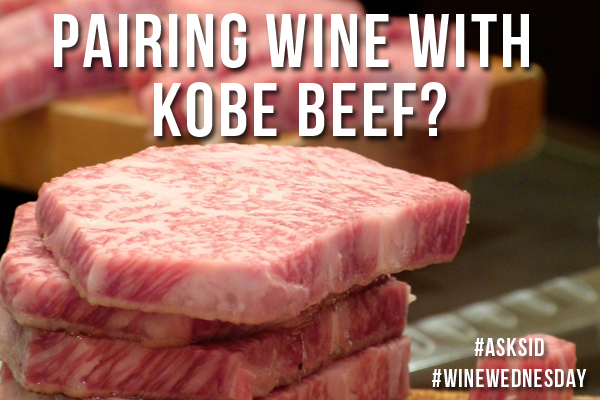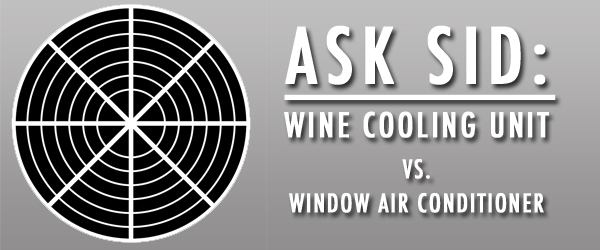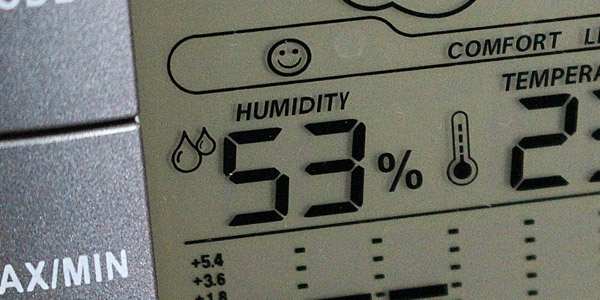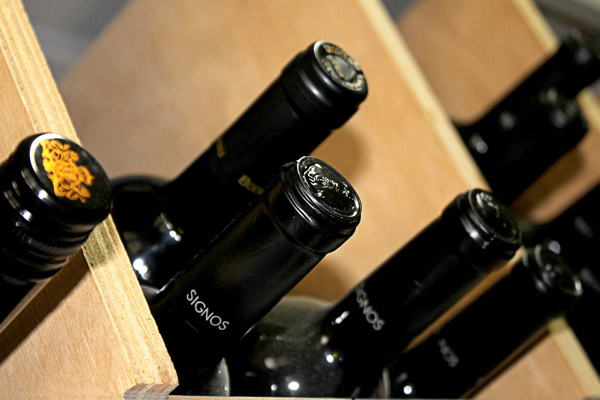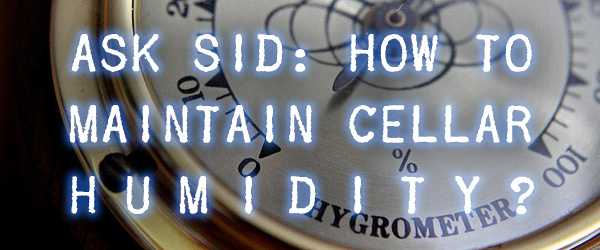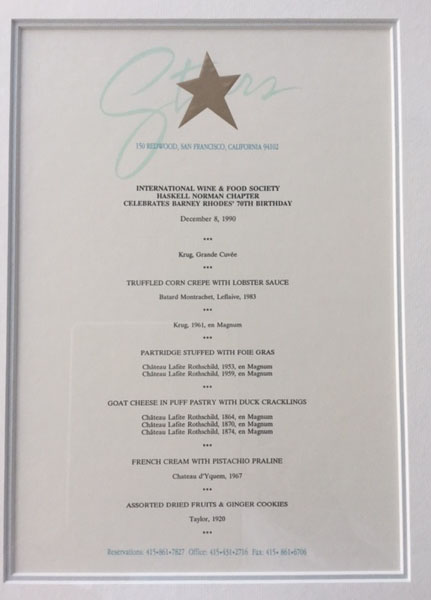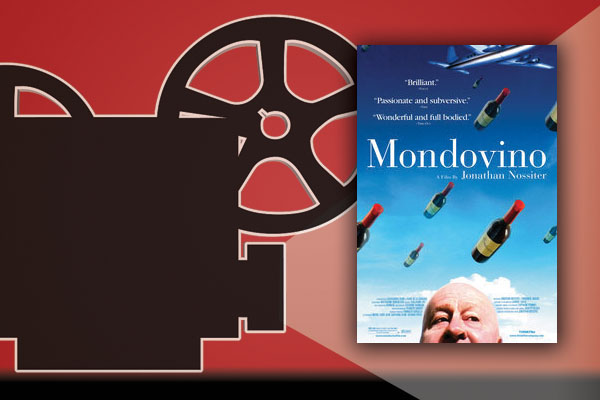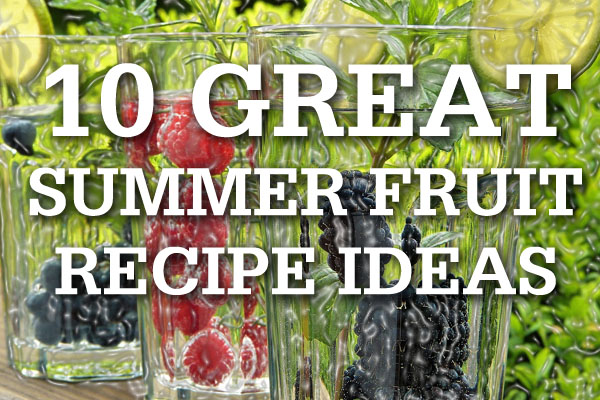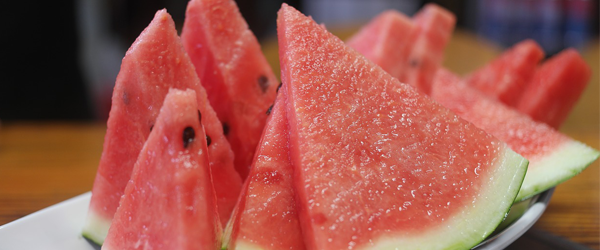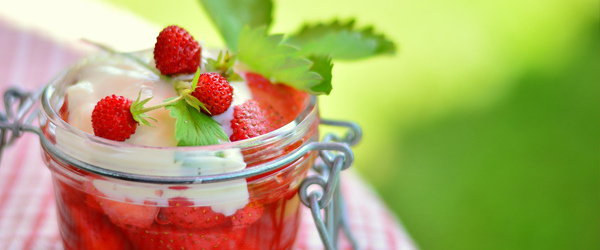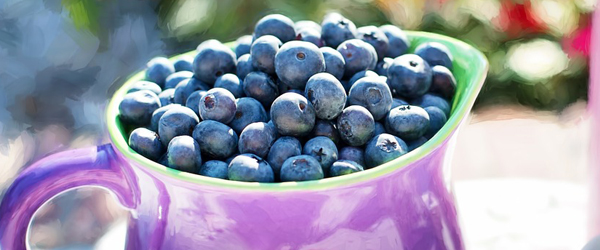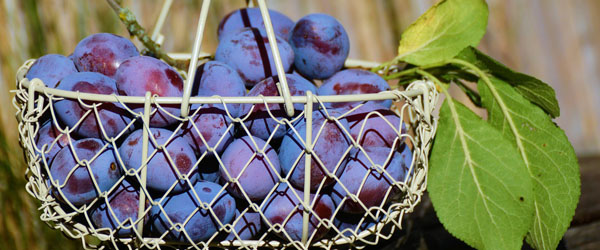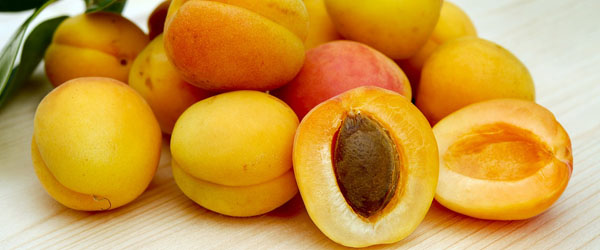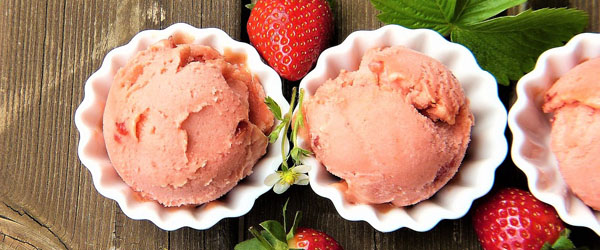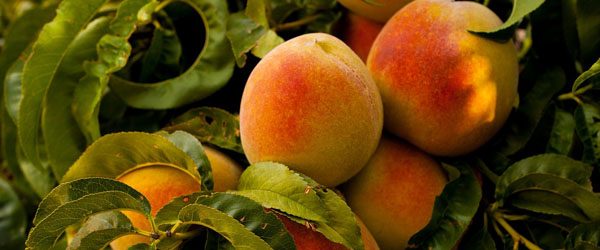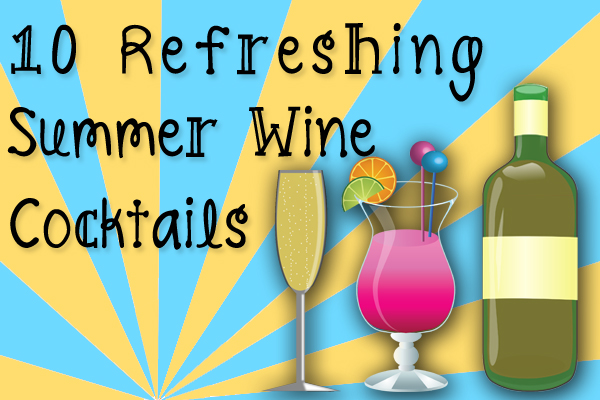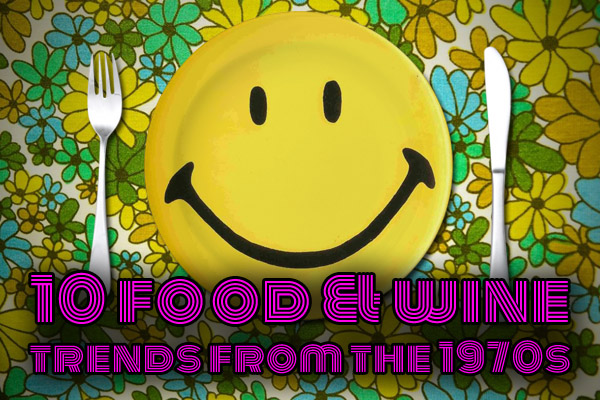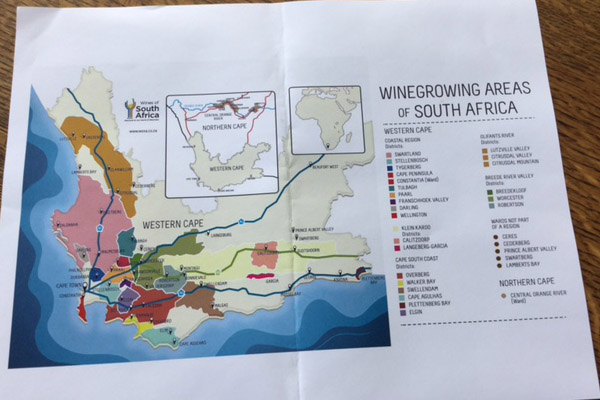
Like how Wines of South Africa (www.wosa.co.za) are highlighting the unique wine growing areas of South Africa. Study their new attached Map showing the breakdown in the Western Cape. Many Coastal Region districts to get to know better. You should note that Swartland is a big flatter hot region producing rich denser more compact wines. Stellenbosch has about 150 wineries with rolling hills of granite & sandstone with many young dynamic independent producers. Historic Constantia has diverse soils with pioneering sweeter wines, muscat, and some sauvignon blanc. Paarl has long hotter Summers with cabernet sauvignon, pinotage, and chardonnay thriving. Franschhoek Valley is inland warmer with the sandstone appropriate for some classy reds. Cape South Coast districts (especially Elgin & Walker Bay) are cooler with the 2 oceans coming together with fog and producing excellent chardonnay, pinot noir, and sauvignon blanc. Regular readers of this blog will know of my continuing admiration for the consistent quality of Hamilton Russell Chardonnay from the Hemel-en-Aarde Valley. Robertson in the Breede River Valley has some interesting limestone soils with low rainfall in a long growing season that also supports chardonnay, sparkling and pinot noir.
Vineyard plantings are actually decreasing with a new emphasis on a goal for better quality grapes. It is a young industry with about 30% of the vineyards under 10 years old. Good potential upside with their soil diversity of shale, gravel, sandstone, and more with unique climate & wind differences. One grape variety that impresses me is higher acidity Chenin Blanc (locally called Steen) that has been the most planted grape in South Africa. Ken Forrester has been the leader in all three tiers of his wines (Petit, Reserve, and FMC) but there are now more examples from other producers on the export market at fair value. Single vineyards, wild ferment, old big wood vats all being used to advantage. 2015 a great vintage everywhere for all grape varieties and 2016 out now is also excellent. Check out 2016 Reyneke biodynamic Chenin Blanc Stellenbosch fresh, bright, lees character and lively from granite soils or 2015 The Tea Leaf Chenin Blanc Piekernierskloof (with 15% Grenache Blanc) from a single old Rooibos site with 100% wild ferment and 50% new oak. Try some of these delightful balanced new Chenin Blancs from South Africa!
You might also like:
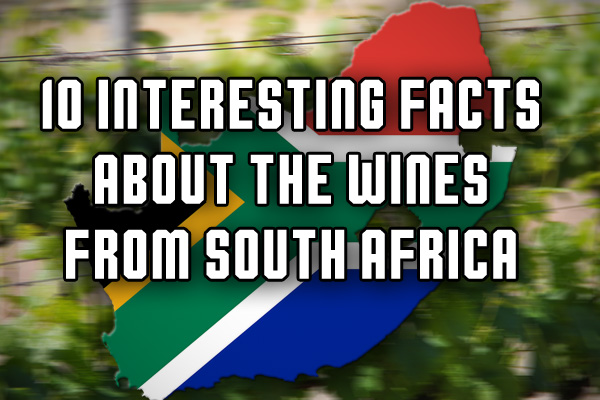 |
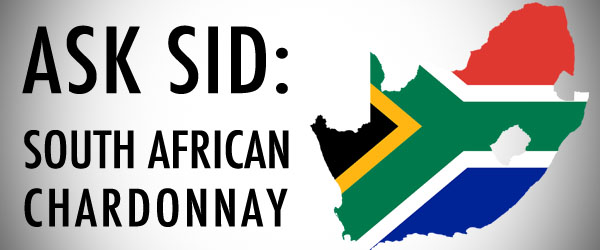 |
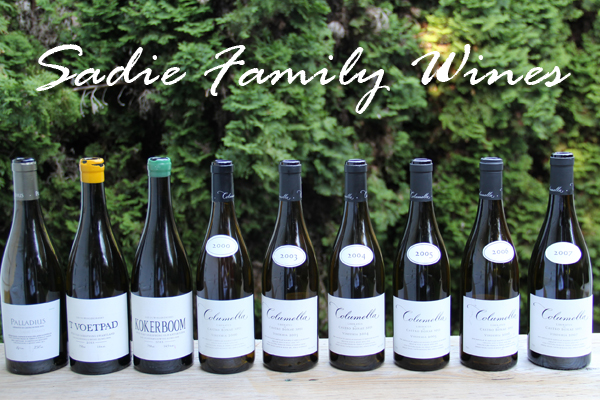 |
